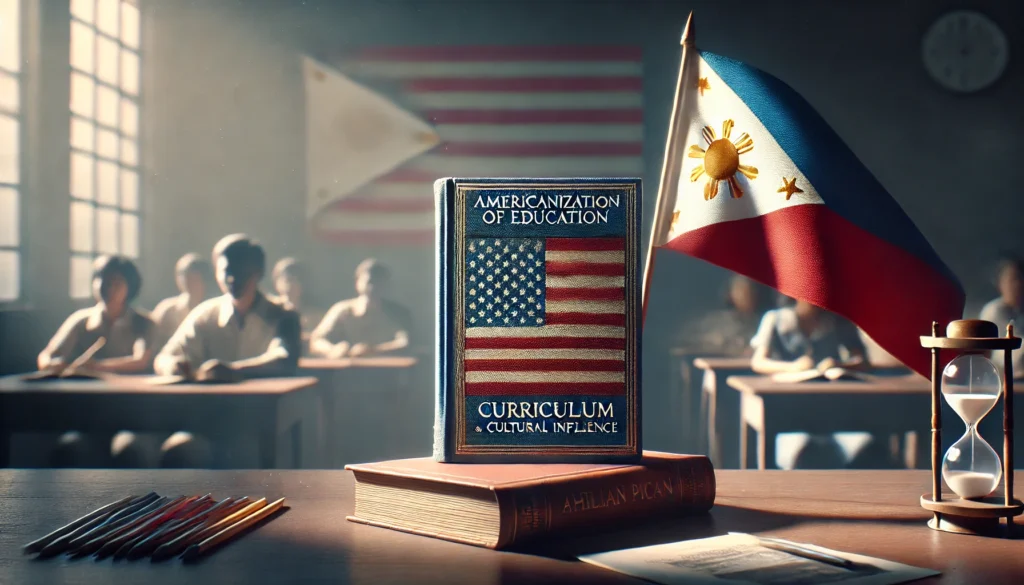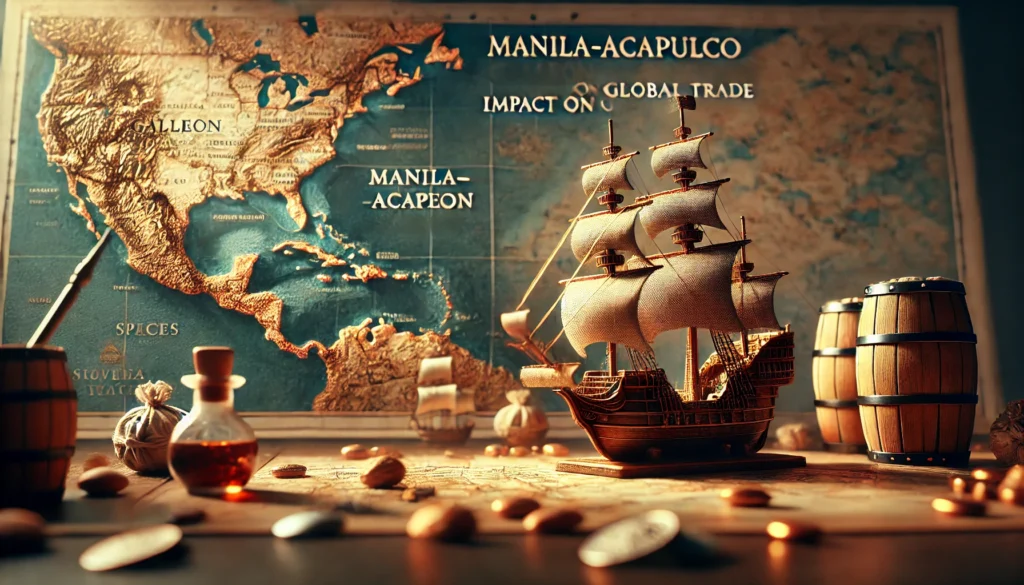The American colonial period in the Philippines, which began in 1898 following the Spanish-American War, marked a significant turning point in the country’s educational landscape. This era introduced a new system of education that would profoundly shape Filipino society for generations to come. The United States, having acquired the Philippines from Spain, embarked on an ambitious mission to establish a comprehensive public education system that would serve as a cornerstone of their colonial administration.
The Foundations of American Education in the Philippines
The implementation of the American education system in the Philippines was not merely an academic endeavor but a strategic move with far-reaching implications. The U.S. government saw education as a powerful tool for:
- Promoting American values and culture
- Establishing English as the primary language of instruction
- Preparing Filipinos for self-governance
- Fostering economic development and modernization
This educational initiative was spearheaded by the First Philippine Commission, which arrived in 1899. Their efforts laid the groundwork for what would become a transformative period in Philippine education.
The Thomasites: Pioneers of American Education
One of the most significant events in the early stages of American educational influence was the arrival of the Thomasites in 1901. Named after the transport ship USS Thomas that brought them to the Philippines, these American teachers played a crucial role in shaping the new educational system.
Impact of the Thomasites
- They introduced modern teaching methods and curricula
- Established English as the primary medium of instruction
- Trained Filipino teachers in American pedagogical approaches
- Brought American textbooks and educational materials
The Thomasites’ influence extended beyond the classroom, as they often became cultural ambassadors, introducing American customs, values, and way of life to Filipino communities.
Curriculum Changes and Americanization
The introduction of the American curriculum brought about significant changes in the content and structure of education in the Philippines. This new curriculum was designed to align with American educational standards while also addressing the specific needs of Filipino students.
Key Features of the Americanized Curriculum
- English language instruction: English became the primary medium of education, replacing Spanish and local languages.
- Practical education: Emphasis on vocational and technical skills alongside academic subjects.
- Civics and citizenship: Introduction of subjects aimed at preparing Filipinos for democratic participation.
- American history and literature: Incorporation of American cultural elements into the curriculum.
The following table illustrates the shift in subject emphasis from the Spanish colonial period to the American era:
| Subject Area | Spanish Colonial Era | American Colonial Era |
|---|---|---|
| Language | Spanish | English |
| Literature | Spanish classics | American literature |
| History | Spanish/European | American/Philippine |
| Civics | Limited | Emphasized |
| Science | Traditional | Modern, experimental |
| Vocational | Limited | Expanded |
This curricular shift had profound implications for Filipino society, influencing not only educational outcomes but also cultural attitudes and national identity.
The Public School System: A New Educational Infrastructure
The American colonial administration made significant investments in establishing a comprehensive public school system across the Philippines. This initiative was unprecedented in scale and ambition, aiming to provide access to education for a much larger portion of the population than ever before.
Key Developments in the Public School System
- Establishment of elementary schools in rural areas
- Creation of secondary schools in provincial centers
- Founding of the Philippine Normal School for teacher training
- Establishment of the University of the Philippines in 1908
These institutions formed the backbone of the new educational infrastructure, providing a pathway for Filipinos to advance through various levels of education.
Language Policy and Cultural Impact
One of the most significant and lasting impacts of American educational policy in the Philippines was the implementation of English as the primary language of instruction. This decision had far-reaching consequences that continue to shape Philippine society today.
Effects of English Language Policy
- Facilitated access to American and Western knowledge
- Created a new linguistic elite in Philippine society
- Influenced the development of Philippine literature and media
- Enhanced global competitiveness in later years
However, this policy also led to challenges:
- Decline in the use and development of local languages
- Cultural alienation for some segments of the population
- Debates over national identity and linguistic heritage
The language policy remains a topic of discussion and debate in contemporary Philippine education policy.
Higher Education and Professional Training
The American colonial period saw the establishment and expansion of higher education institutions in the Philippines. These institutions were crucial in developing a professional class educated in American methods and principles.
Key Developments in Higher Education
- Founding of the University of the Philippines (1908)
- Establishment of specialized colleges and schools
- Introduction of professional licensing exams
- Scholarships for Filipinos to study in the United States
The following table shows the growth of higher education institutions during the American period:
| Year | Number of Higher Education Institutions |
|---|---|
| 1900 | 1 (University of Santo Tomas) |
| 1910 | 3 |
| 1920 | 8 |
| 1930 | 15 |
| 1940 | 38 |
This expansion of higher education opportunities had a significant impact on social mobility and the development of a Filipino professional class.
Cultural Exchange and American Influence
Beyond formal education, the American colonial period facilitated a broader cultural exchange that influenced Filipino society in numerous ways. This exchange was not unidirectional, as Filipino culture also began to influence American perspectives.
Areas of Cultural Influence
- Sports and recreation: Introduction of basketball, baseball, and other American sports
- Music and arts: Influence on Filipino popular music and performing arts
- Fashion and lifestyle: Adoption of American clothing styles and consumer habits
- Food culture: Introduction of American food products and dining habits
These cultural influences, combined with the educational system, contributed to a complex process of cultural hybridization in the Philippines.
Legacy and Long-term Impact
The Americanization of education in the Philippines left a lasting legacy that continues to shape the country’s educational system and broader society. This legacy is evident in various aspects of contemporary Philippine life.
Enduring Influences
- Continued use of English in education and business
- Structure of the educational system (K-12)
- Emphasis on democratic values and civic participation
- Strong cultural and educational ties with the United States
However, this legacy also presents ongoing challenges:
- Balancing global competitiveness with national identity
- Addressing inequalities in educational access and quality
- Preserving and promoting indigenous knowledge and languages
Contemporary Debates and Future Directions
The impact of American influence on Philippine education continues to be a subject of debate and reflection among educators, policymakers, and scholars. As the Philippines navigates its place in the 21st-century global landscape, questions about the role of education in national development and identity formation remain pertinent.
Current Issues and Considerations
- Reforms in language policy and mother tongue-based education
- Integration of indigenous knowledge systems into the curriculum
- Balancing global competitiveness with local relevance
- Addressing historical biases and promoting critical thinking
These ongoing discussions reflect the complex legacy of the Americanization of Philippine education and the continuing process of educational evolution in the country.
Conclusion: Reflecting on a Century of Educational Transformation
The Americanization of education in the Philippines represents a significant chapter in the country’s history, with effects that extend far beyond the classroom. From the arrival of the Thomasites to the establishment of a comprehensive public school system, this period fundamentally reshaped Philippine society, culture, and national identity.
As the Philippines continues to develop its educational system, it does so with a keen awareness of its historical legacy and the need to balance global competitiveness with cultural authenticity. The ongoing dialogue about language policy, curriculum content, and educational priorities reflects the enduring impact of this transformative period in Philippine history.
The story of American influence on Philippine education is not just a historical narrative but a living legacy that continues to evolve, challenging educators and policymakers to craft an educational system that honors the past while preparing students for the future.
Disclaimer: This article aims to provide an accurate and comprehensive overview of the Americanization of education in the Philippines based on historical records and scholarly research up to 2023. However, historical interpretations may vary, and new research may emerge. Readers are encouraged to report any inaccuracies or provide additional verified information for prompt review and correction. The goal is to maintain the most up-to-date and accurate content possible.




